39 label the molecular shape around each of the central atoms in the amino acid glycine.
en.wikipedia.org › wiki › MetabolismMetabolism - Wikipedia Metabolism (/ m ə ˈ t æ b ə l ɪ z ə m /, from Greek: μεταβολή metabolē, "change") is the set of life-sustaining chemical reactions in organisms.The three main purposes of metabolism are: the conversion of the energy in food to energy available to run cellular processes; the conversion of food to building blocks for proteins, lipids, nucleic acids, and some carbohydrates; and the ... en.wikipedia.org › wiki › Amino_acidAmino acid - Wikipedia There are three amino acids with side-chains that are cations at neutral pH (though in one, histidine, cationic and neutral forms both exist). They are commonly called basic amino acids, but this term is misleading: histidine can act both as a Brønsted acid and as a Brønsted base at neutral pH, lysine acts as a Brønsted acid, and arginine has a fixed positive charge and does not ionize in ...
› 35962833 › Clayden_OrganicClayden Organic Chemistry (1) - Academia.edu Enter the email address you signed up with and we'll email you a reset link.

Label the molecular shape around each of the central atoms in the amino acid glycine.
› articles › s41592/022/01490-7ScanNet: an interpretable geometric deep learning model for ... May 30, 2022 · Patterns in Fig. 4a,b focus only on the central amino acid, ... defined as the number of C α atoms in a ball of radius 13 center around the C ... For each amino acid, ... › 8361211 › Fennemas_Food_ChemistryFennema's Food Chemistry 4th edition .pdf - Academia.edu Enter the email address you signed up with and we'll email you a reset link. wou.edu › chemistry › chapter-11-introduction-majorCH103 – Chapter 8: The Major Macromolecules – Chemistry Each amino acid has the same fundamental structure, which consists of a central carbon atom bonded to an amino group (–NH 2), a carboxyl group (–COOH), and a hydrogen atom. Every amino acid also has another variable atom or group of atoms bonded to the central carbon atom known as the R group.
Label the molecular shape around each of the central atoms in the amino acid glycine.. › books › NBK21052Glossary - Molecular Biology of the Cell - NCBI Bookshelf Activated form of amino acid used in protein synthesis. Consists of an amino acid linked through a labile ester bond from its carboxyl group to a hydroxyl group on tRNA. (See Figure 6–57.) AMP (adenosine 5-monophosphate) One of the four nucleotides in an RNA molecule. Two phosphates are added to AMP to form ATP. (See Panel 2–6, pp. 120 ... wou.edu › chemistry › chapter-11-introduction-majorCH103 – Chapter 8: The Major Macromolecules – Chemistry Each amino acid has the same fundamental structure, which consists of a central carbon atom bonded to an amino group (–NH 2), a carboxyl group (–COOH), and a hydrogen atom. Every amino acid also has another variable atom or group of atoms bonded to the central carbon atom known as the R group. › 8361211 › Fennemas_Food_ChemistryFennema's Food Chemistry 4th edition .pdf - Academia.edu Enter the email address you signed up with and we'll email you a reset link. › articles › s41592/022/01490-7ScanNet: an interpretable geometric deep learning model for ... May 30, 2022 · Patterns in Fig. 4a,b focus only on the central amino acid, ... defined as the number of C α atoms in a ball of radius 13 center around the C ... For each amino acid, ...


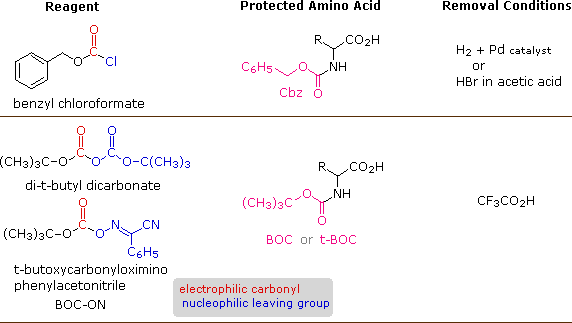



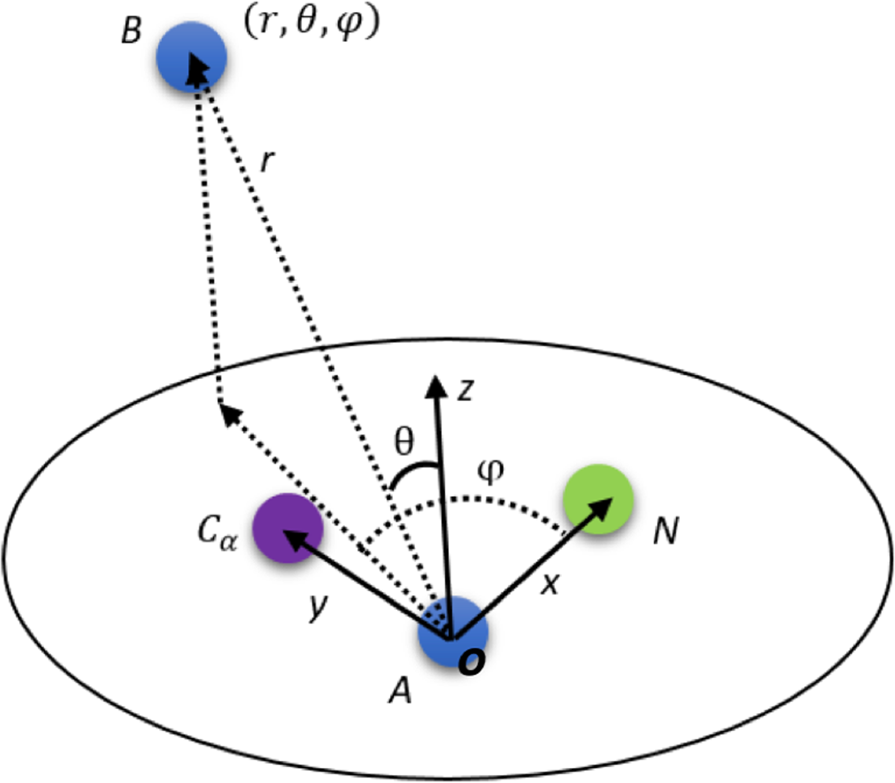
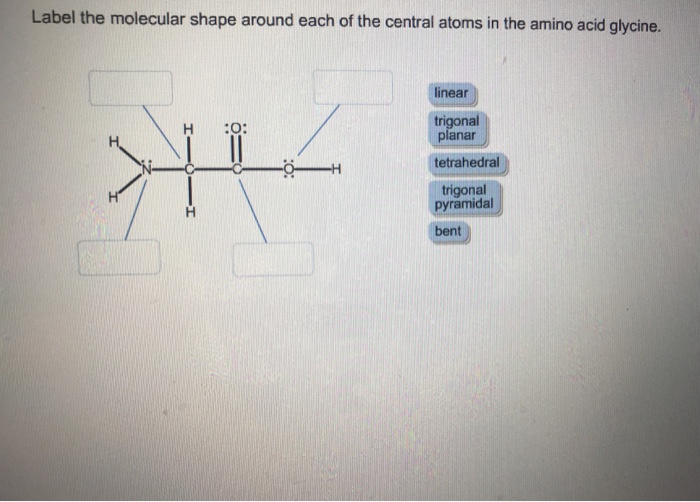
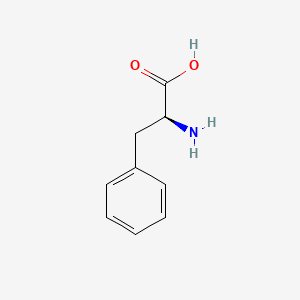


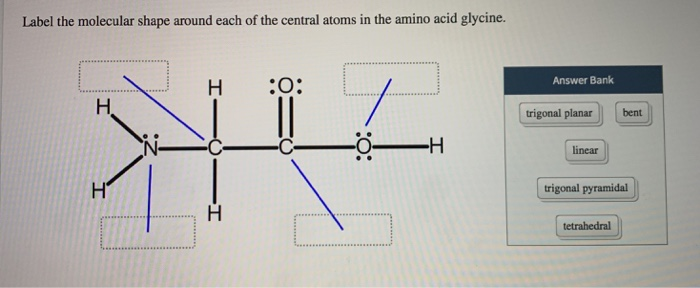

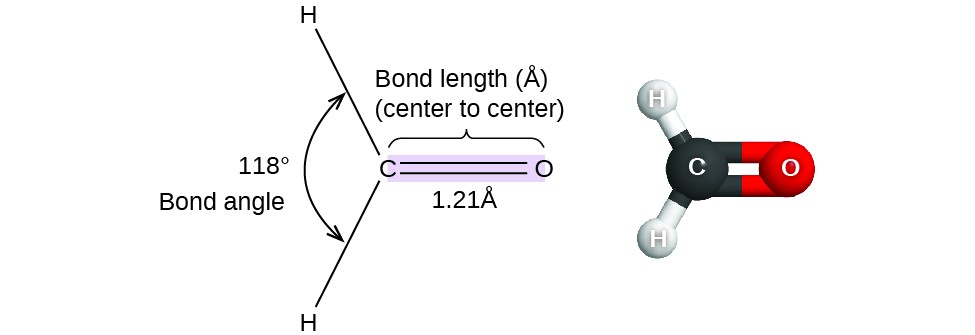
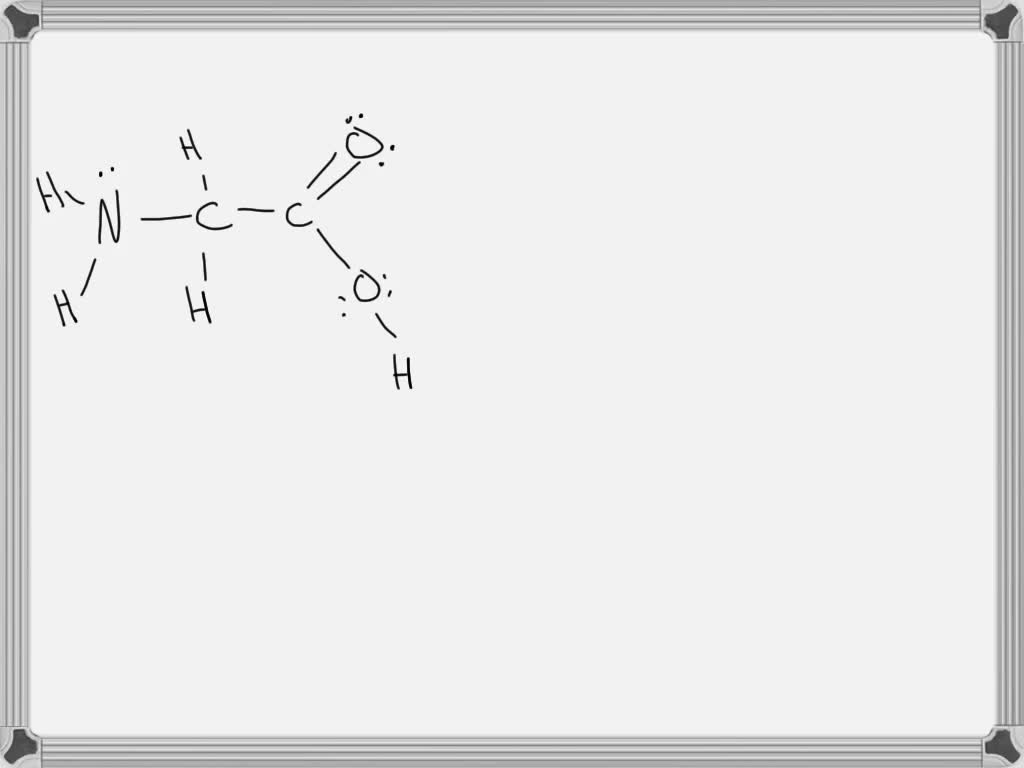

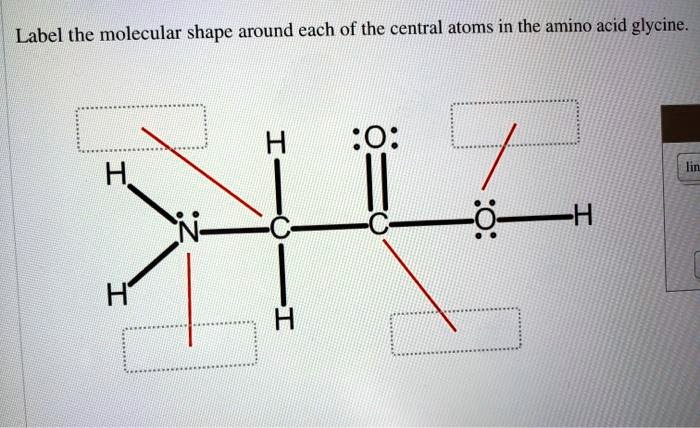




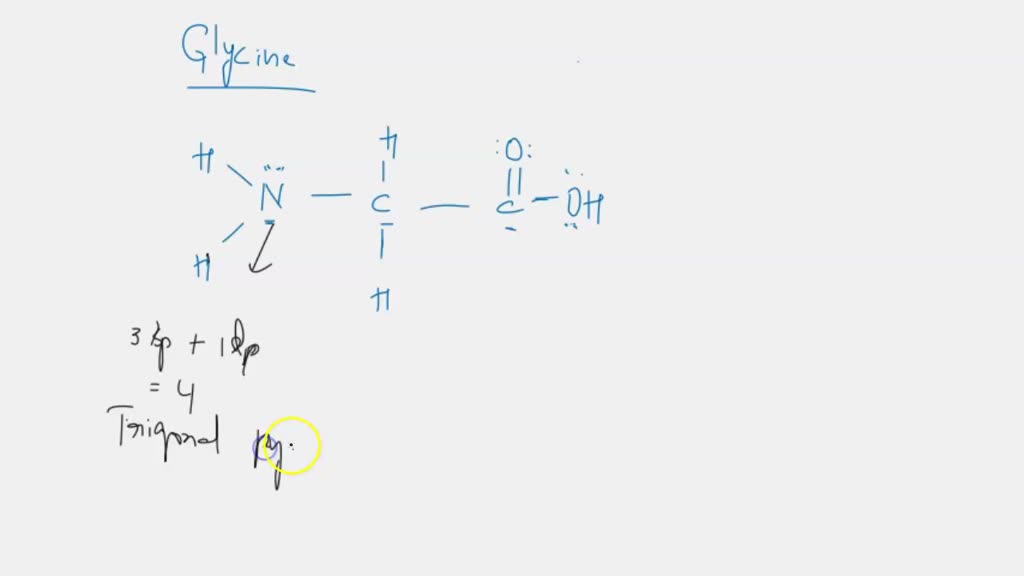






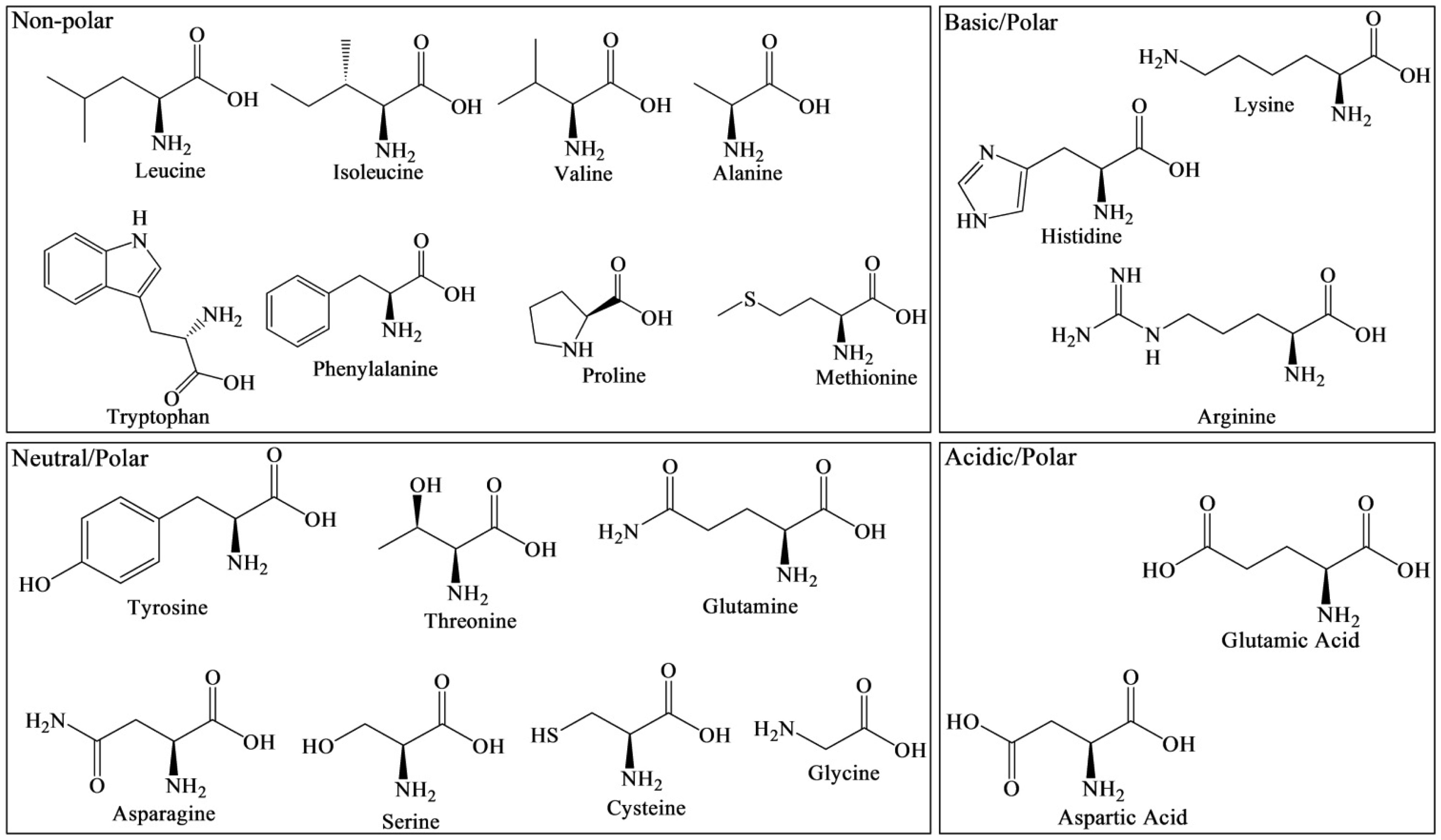
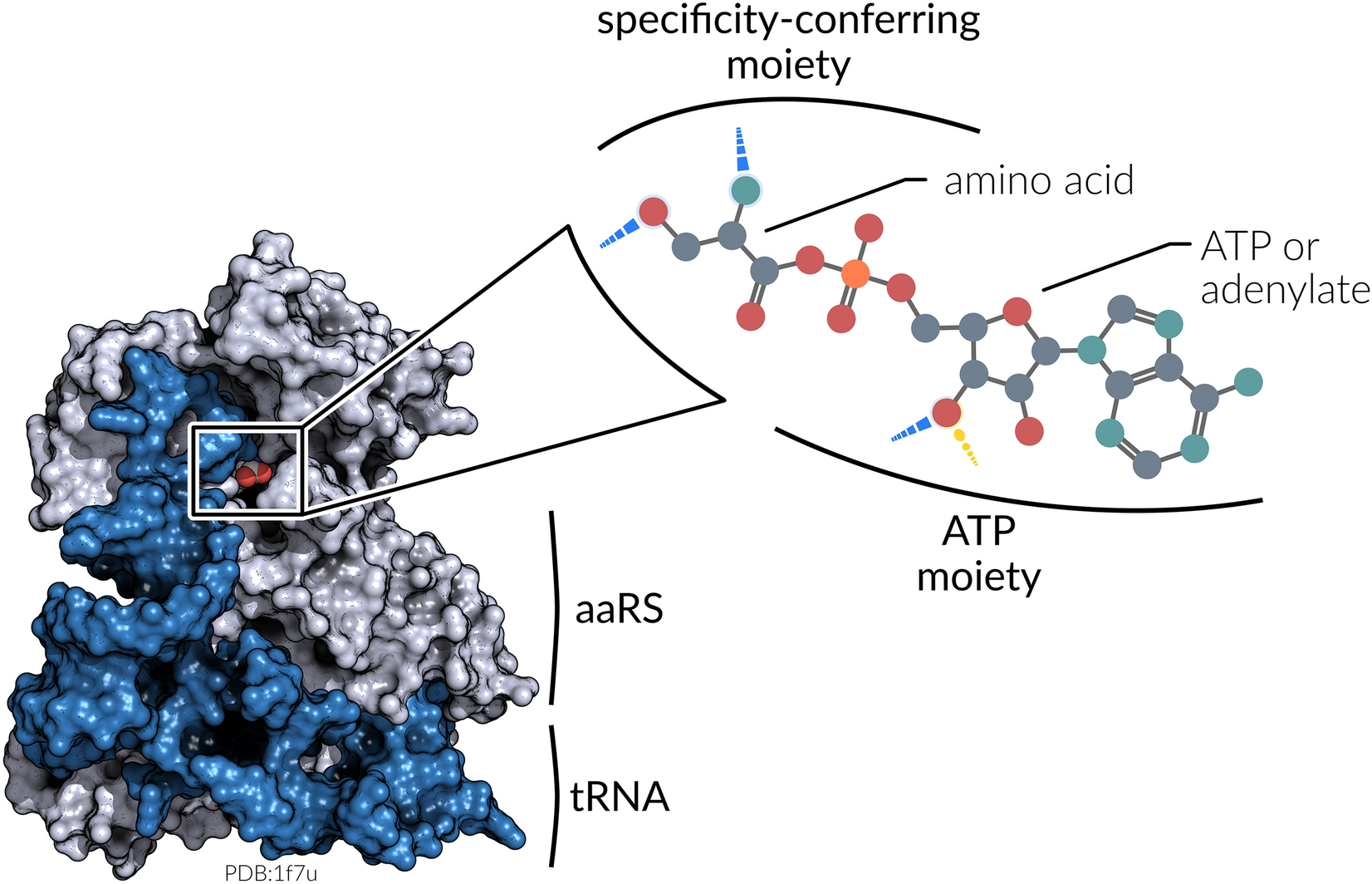


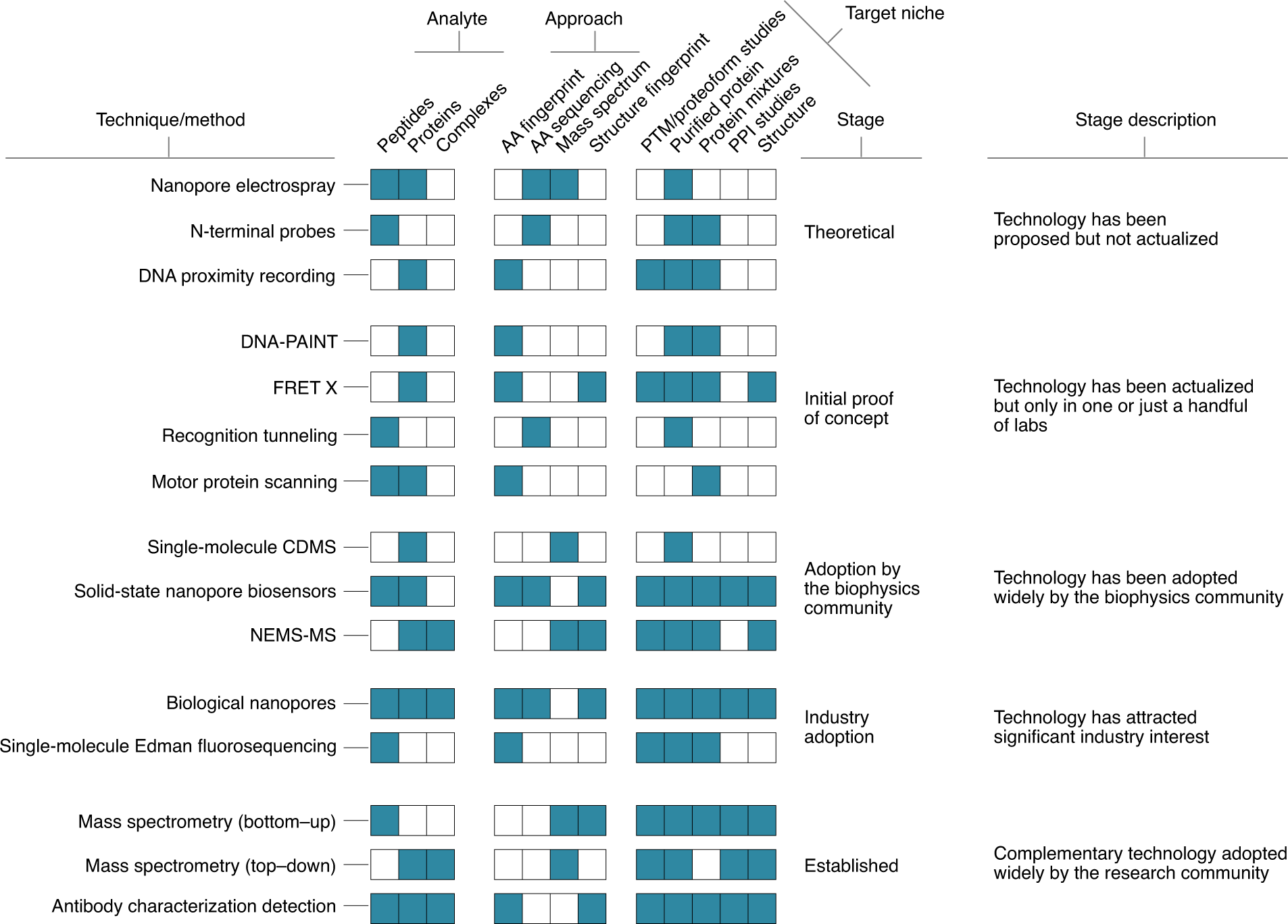
Post a Comment for "39 label the molecular shape around each of the central atoms in the amino acid glycine."